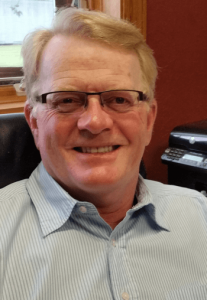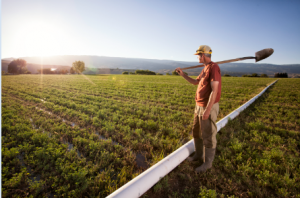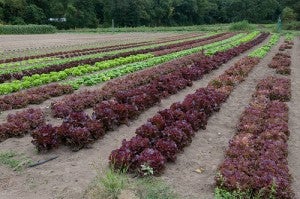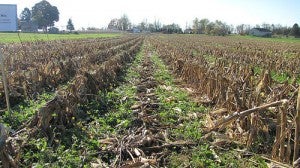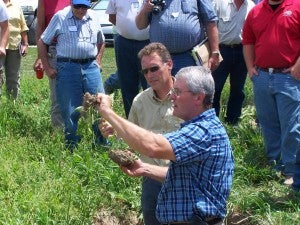My family and I returned home to California a few days ago following an idyllic week camping on Payette Lake near McCall, Idaho. Our route home took us down Highway 95 in southwestern Idaho, a road typically bordered by the beautiful farmlands of the Snake River Basin. But our views weren’t so picturesque.
Just south of Nampa, Idaho we began to notice the charred landscape left behind by the Soda Fire, the largest of recent fires burning across the United States. The Soda Fire has burned more than 280,000 acres of prime sagebrush steppe, which provides key grazing lands for cattle ranchers and important habitat for threatened wildlife like the greater sage-grouse.
As I gazed upon the aftermath of the fire, all I could think about was the devastating effects it has had on local ranching families and wildlife. Fortunately, there are steps we can take to restore these scorched landscapes and prevent damaging wildfires in the future, but we have to act fast. Read More











